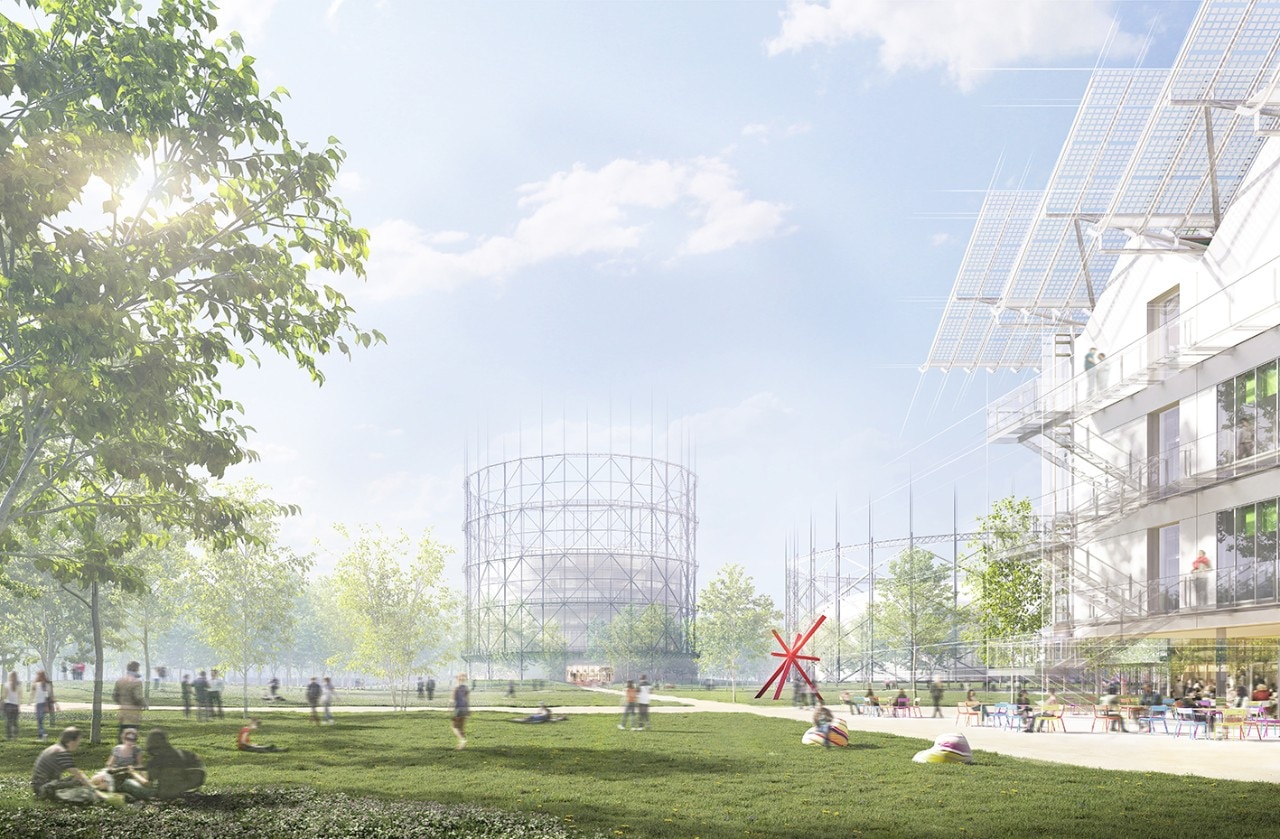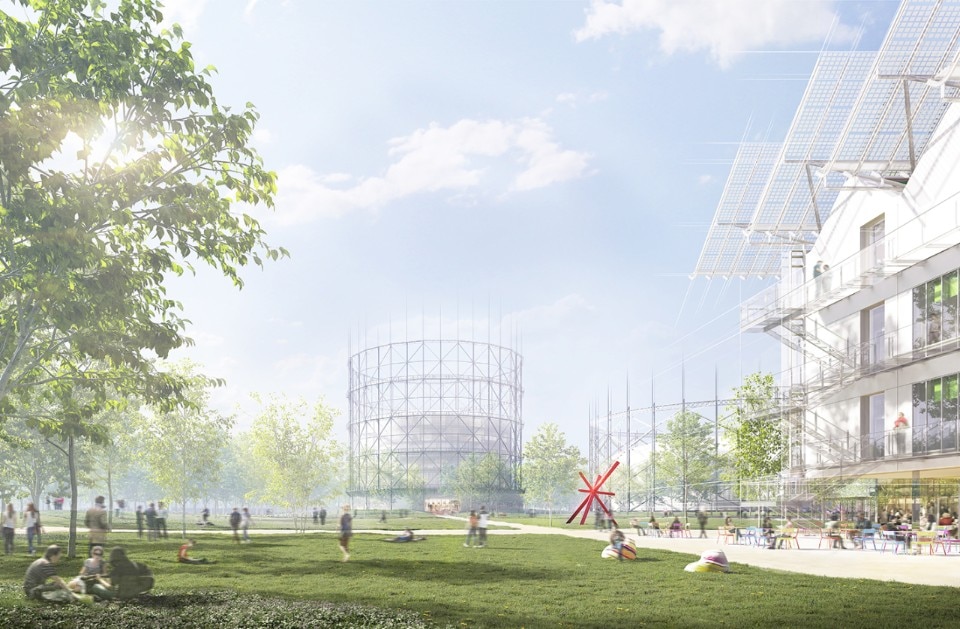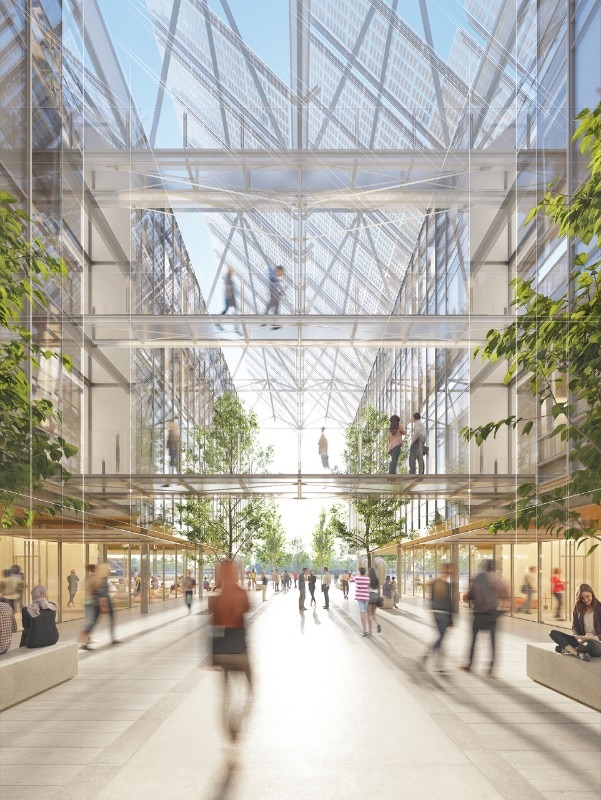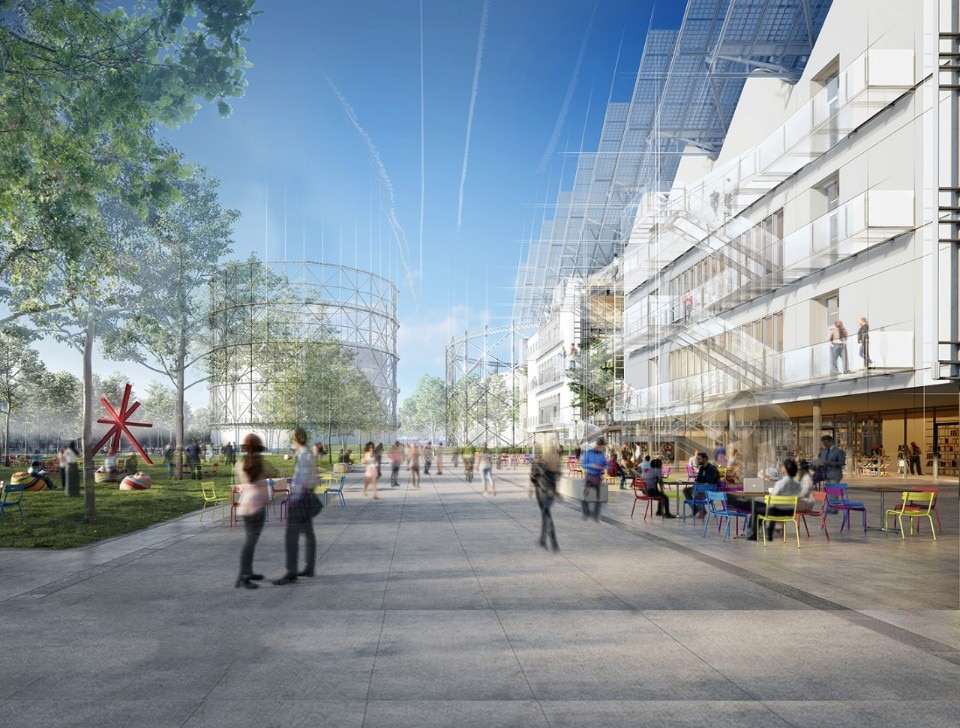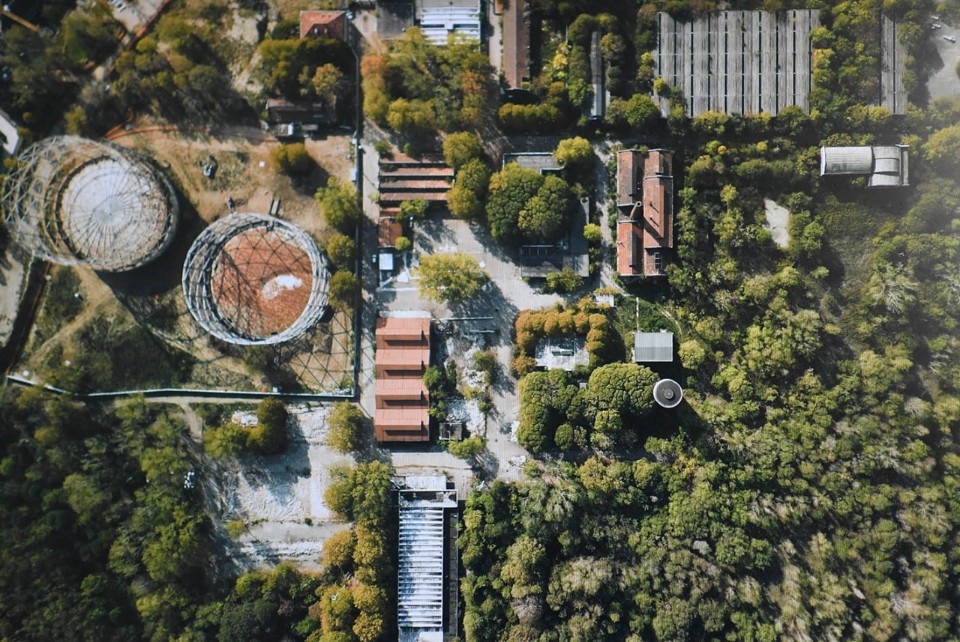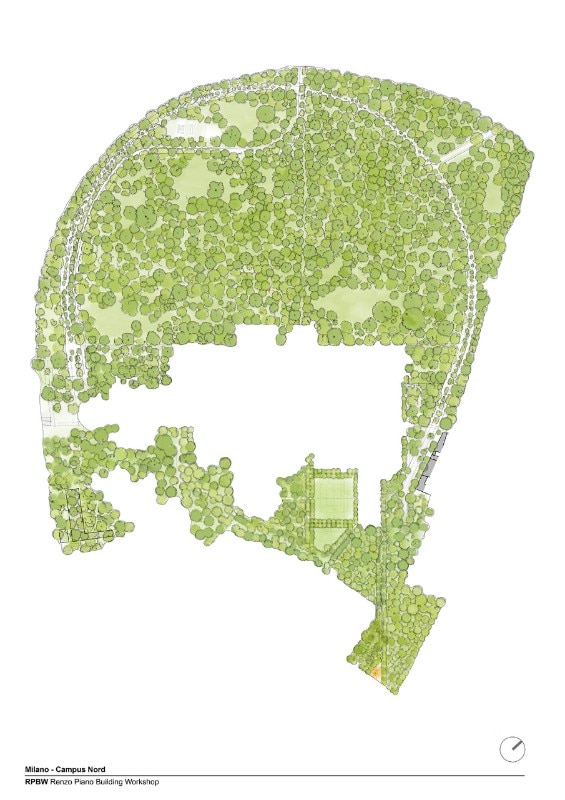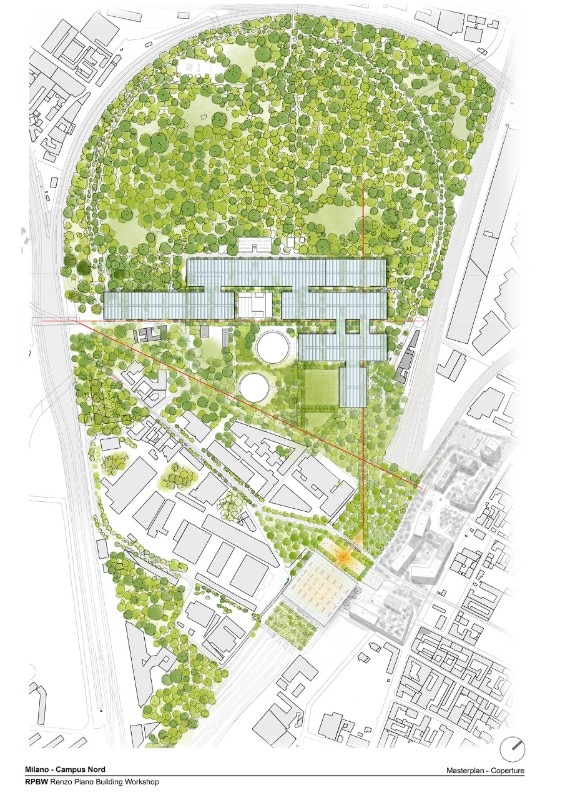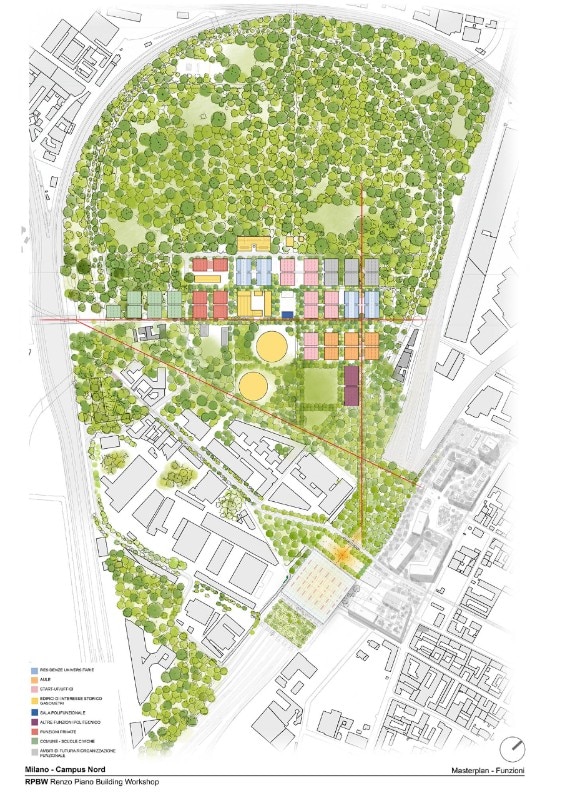The northern district of Bovisa, in Milan, is iconographically marked in the collective memory by a few traces of industrial archaeology, the gasometers and the large thermal power plant, enclosed in an area that is locally called the Goccia (drop) - so called because it is physically delimited by the tracks of the northern eaves railway. Here, a few days ago Renzo Piano presented a new Masterplan that will redesign a total land area of 32 hectares. In the presence of the Rector of the Milan Polytechnic, Ferruccio Resta, and the mayor Giuseppe Sala, the architect in fact presented the project for the scientifically-oriented university hub, intended not only for the student community, scheduled to be completed by 2026.
The RPBW studio’s project is the result of a public-private agreement, encompassing an area partly owned by the municipality (23.4 hectares), and partly by the Milan Polytechnic (9.1 hectares), next to a 24-hectare wood. On this complex site, twenty new buildings will be constructed, each 16 metres high and mainly built with a wooden load-bearing structure. In plan, the new volumes are arranged linearly on the traces of the pre-existing buildings. In the approximately 105,000 square metres built, classrooms for teaching, laboratories and a conference hall will be set up.
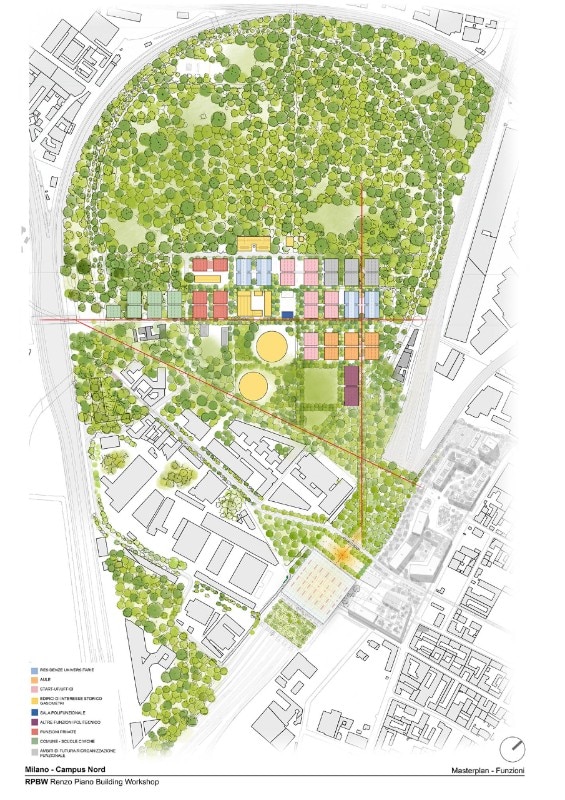
“The essence of this project was already written there,” said Piano during the presentation of the project. “The idea was already there waiting for nothing else. First the forest with those majestic trees. Then the traces of the factory on the ground, those old buildings bearing witness to the memory of the place and its DNA”. Already renamed Campus Nord, the complex will be characterised by a high degree of permeability, thanks to the decision to opt for ground levels defined by windows, with the declared aim of facilitating opportunities for exchange with the entire community. A goal to which the announced infrastructural works should also contribute, starting with the future pedestrian cycle axis and the renovation of the Bovisa and Villapizzone public transport stations..


